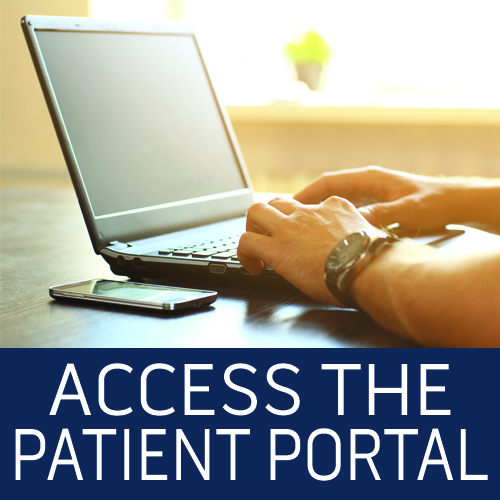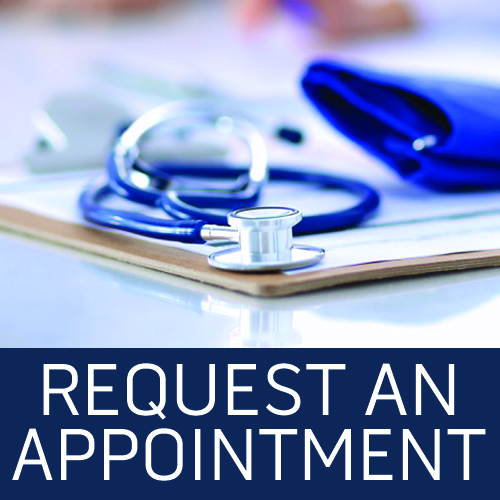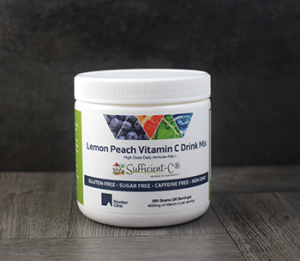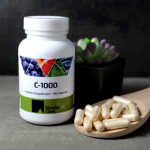Good News About Preventing and Treating Strokes
By Donald R. Davis, Ph.D.
Although the United States has perhaps the world’s lowest rate of stroke, strokes are our leading cause of disability. And despite much progress, they remain our third leading cause of death, following heart disease and cancer. Blacks are especially susceptible. Our population suffers about 500,000 strokes annually, one-third of which are quickly fatal. Among the survivors, many suffer long term disability. Over 3 million living Americans have survived strokes, and their medical care costs about $30 billion per year. The toll of disrupted lives and families seems greater still.
… most important risk factor for stroke is hypertension, said to contribute to about 70% of strokes in the U.S.
The good news about strokes is that they are about 80% less common now than in 1920, and we are learning how to prevent them. Further, doctors have learned recently that emergency treatment can reduce the damage from strokes. There is even hope that an experimental treatment (hyperbaric oxygen therapy) sometimes can help reverse stroke damage weeks or months after it occurred.
Most strokes, about 80%, happen when blood flow in part of the brain is partially or completely blocked by a blood clot, often in arteries damaged by atherosclerosis. These are called cerebral “infarctions” or “ischemic” strokes. The same terms describe most heart attacks, as well, because the processes are similar. The other main kind of stroke is termed “hemorrhagic.” It, too, is caused by loss of blood flow in the brain (or spinal cord), but in this case the immediate cause is a ruptured blood vessel. The result is the same in both kinds of stroke-dead or damaged nerve tissue caused by lack of oxygen.
There are also “little strokes,” or “transient ischemic attacks” (TIAs). A brief reduction of blood flow in the brain causes temporary stroke-like symptoms such as sudden numbness or weakness in face or limb, or suddenly impaired vision, hearing, or balance. Some TIAs seem of little significance; others reflect a growing danger of damaging stroke .
By far the most important risk factor for stroke is hypertension, said to contribute to about 70% of strokes in the U.S. Those with a diastolic blood pressure (the lower number) of 105 mm are about 10 times more likely to have a stroke than those with a pressure of76 mm. A high systolic blood pressure is independently risky. Fortunately, reducing blood pressure reduces the risk of stroke. With antihypertensive drugs, rates of stroke drop about 50% per 6 mm drop in diastolic blood pressure. Of course there are other ways to reduce blood pressure, without the side effects and cost of drugs. Examples include improved diets, nutritional supplements, and biofeedback. They presumably work at least as well as drugs to prevent strokes, but they have been less well documented than drugs, for diverse reasons.
Obesity is considered our second leading predictor of strokes, accounting for perhaps 20% of strokes in the U.S. Smoking is another predictor. Smokers average about a 50% higher risk than nonsmokers, with higher risks in women than in men. Both obesity and smoking are reversible in principle, although both are sufficiently difficult that we have limited data on how much strokes decrease when individuals lose their excess weight or quit smoking. The best data come from ex-smokers. As a group, they have only about a 20% higher risk of stroke than never-smokers. But after two to five years of abstinence, the excess risk seems to disappear. Several studies found that physical activity is associated with reduced risk of stroke, but it is hard to separate physical activity from obesity and other known risk factors.
Good nutrition, especially vegetable consumption, also seems firmly entwined in the web of health measures that reduce the risk of stroke. In over 800 healthy men who entered the Framingham study in the late 1960s and recorded their diets then, those who reported eating the most fruits and vegetables at entry had the fewest strokes in the following 20 years. Similar results came recently from the much larger Harvard Nurses Study, except that here only vegetable consumption seemed protective (especially carrots and spinach). Both studies attempted to control for other factors such as obesity, smoking, and blood pressure.
Treatment: Until recently, strokes were not considered medical emergencies. The damage seemed done, and treatment focused on later physical therapy which helps recover lost functions. Now we realize that the damage does not occur all at once, and treatment in the first 3 to 6 hours can help. Some Clot-busting drugs increase the rate of full recovery after an ischemic stroke from 2 in 10 to 3 in 10. (These drugs are avoided in the less-common hemorrhagic strokes.) Other methods are sought to reduce the “reperfusion injury” that can occur after a clot dissolves and blood flow resumes. Unfortunately, cell-saving oxygen can injure some cells that are not sufficiently able to cope with it properly.
These new methods require re-educating both the public and healthcare workers. The public must learn to call 911, not a doctor, at the first sign of a stroke (sudden neurological symptoms such as numbness, weakness, or impaired balance, speech, or vision). Emergency medical crews must take stroke victims to hospitals possessing imaging equipment needed to distinguish ischemic from hemorrhagic strokes. And the hospitals, besides having this equipment, must diagnose and treat stroke patients much more quickly than they have in the past. Recent advances on these fronts probably will continue for some years.
Another new stroke treatment is under study. In “hyperbaric oxygen therapy” a patient breathes oxygen at pressures higher than exist in our air. The hope is that elevated oxygen levels will help revive some affected nerve cells that are neither dead nor able to recover with normal oxygen levels. Although initial results are encouraging, including a few reports of regained function many months after a stroke, we know little yet about its benefits or risks for different kinds of strokes. For now we can be thankful for our low and falling rate of strokes, our new knowledge about ways to prevent strokes, and the ongoing revolution in emergency treatment of strokes.





